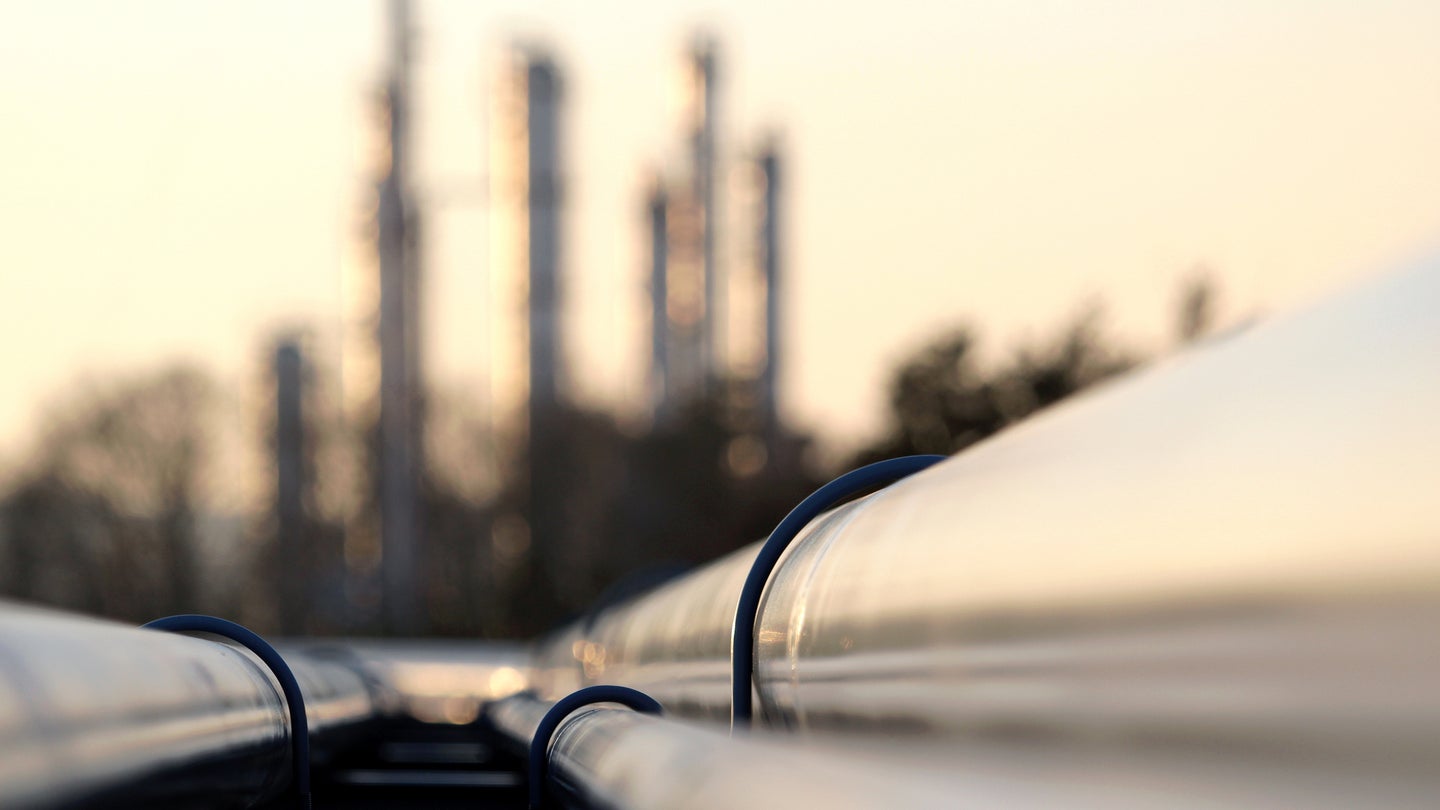The US is investing more than $1 billion in carbon capture, but big oil is still involved
1PointFive is helping oversee one plant in Texas. It also has direct ties to one of the world's largest fossil fuel producers.

Investing in carbon capture technology will be necessary for a sustainable future, but environmental advocates frequently stress that this alone is not a cure-all for pollutants. The DOE, for example, estimates between 400 million and 1.8 billion tons of CO2 will need annual sequestration to meet the nation’s net-zero goal by 2050. Meanwhile, critics are concerned fossil fuel companies could use carbon capture projects as an excuse to continue with business-as-usual—and a recent announcement may do little to ease their worries.
Last week, the US Department of Energy announced up to $1.2 billion in funding for the nation’s first commercial-scale carbon capture facilities designed to pull harmful greenhouse gasses from the atmosphere for underground storage. The two locations near Corpus Christi, Texas, and Lake Charles, Louisiana, will be the largest direct air capture (DAC) plants ever constructed. The facilities are estimated to annually remove over 2 million metric tons of CO2 emissions from the atmosphere—roughly equivalent to taking 445,000 gas-guzzling cars off the road.
[Related: Carbon capture could keep global warming in check—here’s how it works.]
Unlike other carbon capture equipment that pulls CO2 directly from pollution-emitting machinery and facilities, DAC setups are specifically designed to offset gasses generated by vehicles and airplanes, as well as remove legacy emissions. As Ars Technica noted on Monday, legacy emissions are those already released into the atmosphere over the last century or so and still greatly contribute to the planet’s current eco crisis.
Carbon dioxide emissions that last anywhere from 300 to 1,000 years in the atmosphere often originate from the operations of corporations like Occidental, a hydrocarbon and petrochemical manufacturer long considered to be one of 100 companies responsible for an estimated 71 percent of global emissions. In 2020, Occidental (often referred to by its stock symbol abbreviation, Oxy) announced the formation of 1PointFive, a subsidiary tasked with developing carbon capture, utilization, and storage (CCUS) technologies.
“1PointFive’s mission is to reduce atmospheric CO2 and help curb global temperature rise to 1.5°C by 2050 in alignment with Paris Agreement targets,” reads Oxy’s fast facts sheet for the company.
And according to the Biden administration’s August 11 announcement, 1PointFive will help oversee the development and implementation of the new carbon capture facility in Kleberg County, Texas. When completed, the South Texas DAC Hub reportedly will remove upwards of 1 million metric tons of CO2 alongside an “associated saline geologic CO2 storage site.” While undoubtedly a positive development in carbon sequestration efforts, 1PointFive’s origins illustrate the complicated landscape governments and climate advocates must deal with in the face of such steep environmental stakes.
[Related: Judge sides with youth activists in groundbreaking climate change lawsuit.]
The DOE did not respond to a request for comment at the time of writing. When asked to comment on Oxy’s role in the planet’s climate crisis, a spokesperson directed PopSci to two previous press releases—one from last week regarding the DOE announcement, and one from 2022 concerning 1PointFive’s early role in the project.
“We are one of the largest oil producers in the US,” reads Occidental’s description in each press release, adding that, “We are committed to using our global leadership in carbon management to advance a lower-carbon world.”
